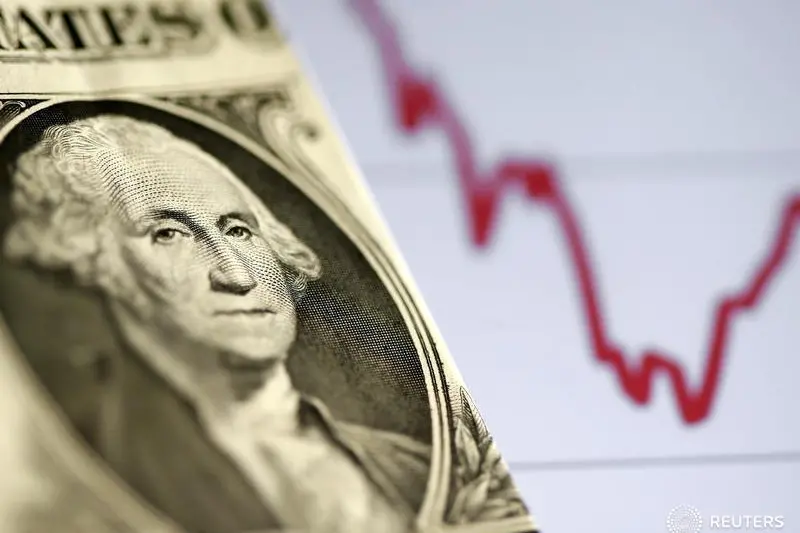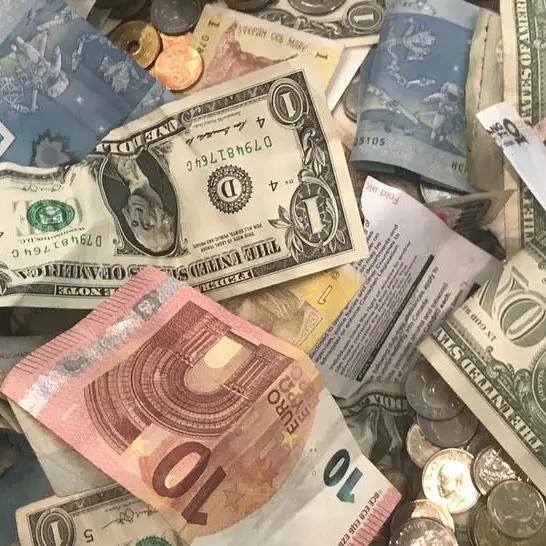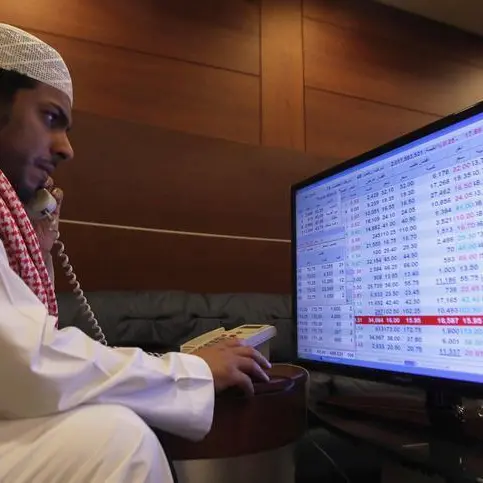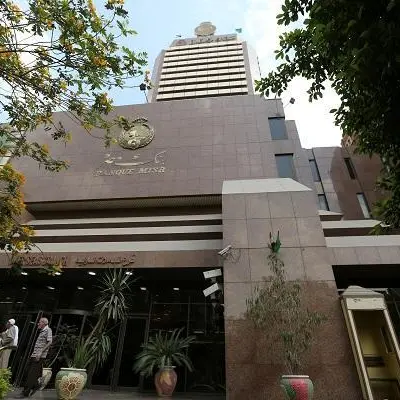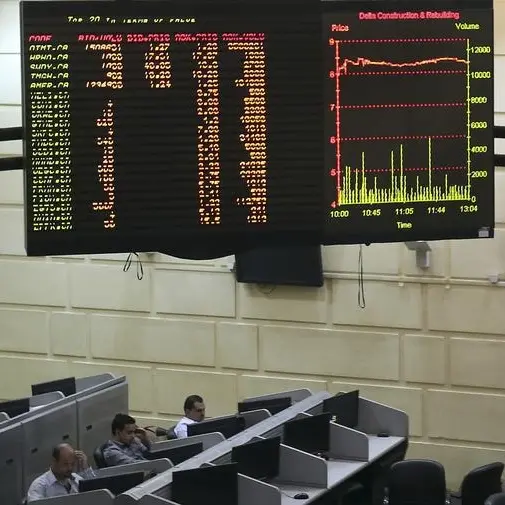PHOTO
TOKYO - The dollar fell against most currencies on Wednesday as prospects of more government stimulus and a global economic recovery emboldened investors to step up holdings of riskier assets. The Australian dollar surged to a five-month high against the dollar, as funds headed toward economies that are seen to be recovering the fastest from the coronavirus pandemic.
The euro rose to the highest in almost three months on hopes policymakers will support the euro zone's weakest economies with debt purchases to keep yields low.
The greenback also fell against the British pound, the yen, and the Swiss franc as investors pondered mass protests against racism spreading across the United States.
"The U.S. dollar is generally weak," said Yukio Ishizuki, FX strategist at Daiwa Securities in Tokyo.
"The Australian dollar has a lot of room to run because there are still a lot of shorts that need to be covered. The economy recovery story is the main factor."
The Australian dollar surged more than 1% to $0.6982, the highest since Jan. 3.
The Aussie pared its gains to trade at $0.6937 after data showed the Australian economy contracted as expected in the first quarter. The country's treasurer said it is already in recession, but traders said sentiment has turned bullish because lockdown restrictions are easing and commodity prices are rising.
Across the Tasman Sea, the New Zealand dollar rose to $0.6430, the highest since March 9.
The greenback also slumped to a one-month low of $1.2615 against the British pound.
The euro rose to $1.1205 on Wednesday, close to the highest since March 16.
The European Central Bank is expected to increase its 750 billion euro ($839.25 billion) bond-buying programme, the Pandemic Emergency Purchase Programme, when it meets on Thursday, probably by around 500 billion euros.
The ECB scooped up all of Italy's new debt in April and May but merely managed to keep borrowing costs for the indebted, virus-stricken country from rising, data showed on Tuesday.
The greenback grinded lower against safe-haven currencies due to concerns about the widening economic impact of protests in the United States.
The dollar bought 0.9610 Swiss franc, close to a two-month low.
The U.S. currency fell to 108.51 yen, pulling back from a two-month high reached early in Asian trading on Wednesday.
The U.S. Department of Defense has moved about 1,600 U.S. Army troops into the Washington, D.C., region, the Pentagon said on Tuesday, after several nights of violent protests.
President Donald Trump has threatened to use the military to quell spreading protests against racism and police brutality, but U.S. stocks continue to rally, leaving some currency traders confused about the market's direction.
In onshore trade, the yuan briefly rose after encouraging data on China's services sector but gradually fell to 7.1112 as Chinese companies scooped up dollars to meet seasonal payments.
The coronavirus first emerged in China late last year, but it is also the first major economy to ease severe lockdown restrictions, meaning it is likely to recover earlier than other countries. ($1 = 0.8937 euros)
(Editing by Sam Holmes and Jacqueline Wong) ((stanley.white@tr.com; +81 (0)3 4563 2799; twitter.com/stanleywhite1 ;))
